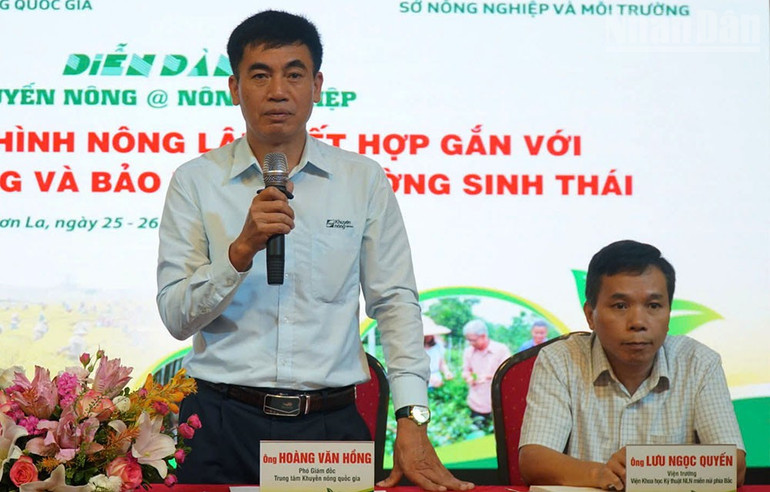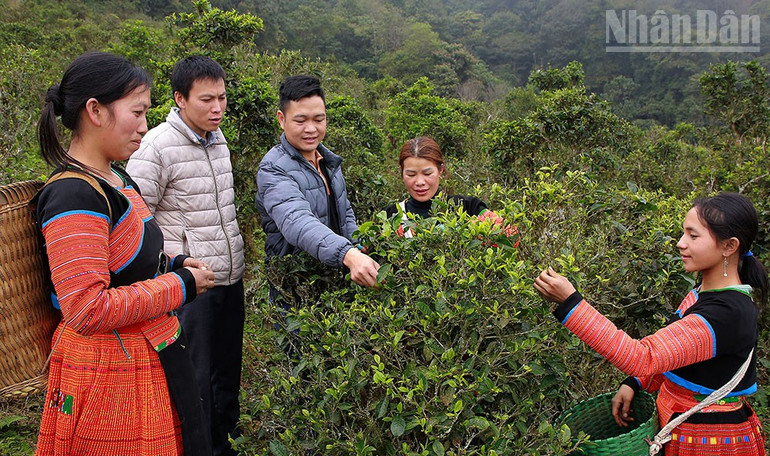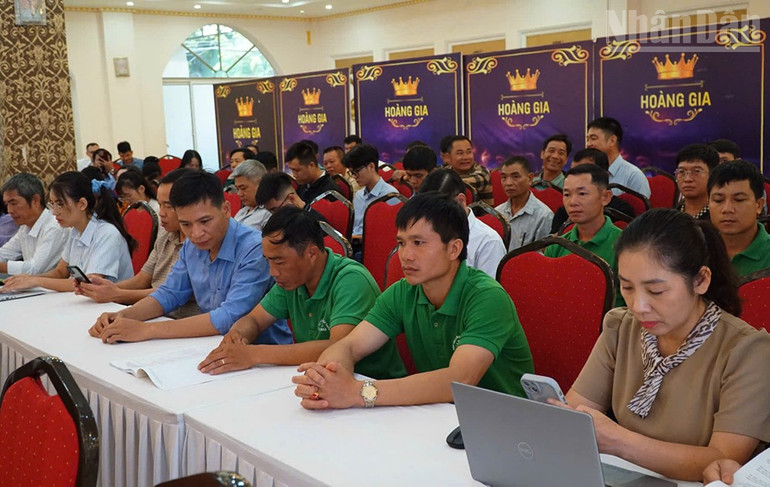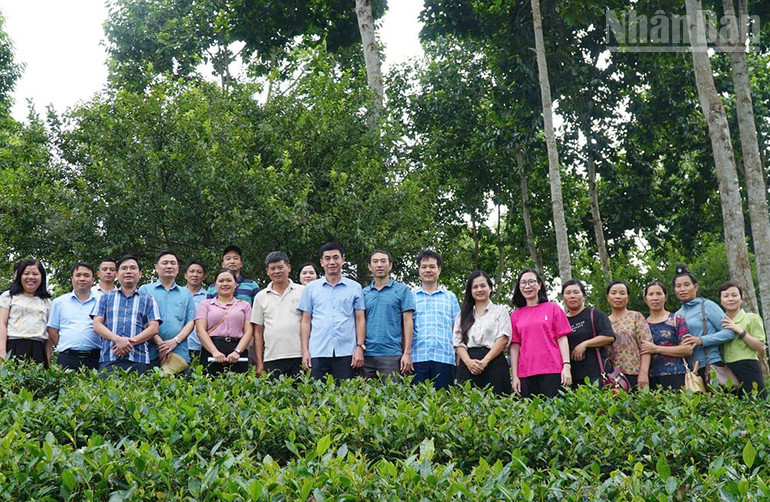
According to the National Agricultural Extension Center, in recent years, agroforestry has increasingly been affirmed as one of the sustainable production models, especially suitable for the midland and mountainous provinces in the North, where the terrain is steep, the climate is differentiated, and the land is easily degraded.
The advantage of agroforestry is the harmonious combination of agricultural crops, forestry crops and livestock on the same area, bringing stable economic value, improving livelihoods, protecting land resources, increasing forest cover and adapting to climate change.
Currently, the northern mountainous region is the region with the largest agroforestry area in the country, with many popular models, such as: Planting large timber forests (acacia, tallow, cinnamon, anise, and sarsaparilla) combined with short-term crops (corn, cassava, soybeans) in the basic construction phase.

The northern mountainous region also has a large area of specialty fruit trees (mango, longan, plum, green-skinned grapefruit) planted under the forest canopy; cattle and goats are raised for grazing on pastures under the canopy of perennial trees.
Some provinces such as Son La, Dien Bien , and Lao Cai have formed agroforestry zones of tens of thousands of hectares, associated with cooperatives and processing enterprises.

From research results and summarizing local practices, agroforestry models can be classified into 5 main groups: Forestry-agriculture model; forestry-fruit-livestock model; forestry-medicinal model; agriculture-forestry-fishery model and agroforestry model combined with eco-tourism-agriculture.
It can be affirmed that agroforestry models have helped restore degraded land, limit erosion, retain moisture, and increase carbon accumulation (7–10 tons of CO₂/ha/year), much higher than monoculture. At the same time, this model significantly reduces the use of chemical fertilizers and pesticides, contributing to protecting the ecological environment.

In terms of socio-economics, agroforestry has created more jobs and increased income for tens of thousands of households, especially ethnic minorities. Households are supported with seeds, techniques, and participate in training and cooperatives, gradually forming a sustainable agricultural value chain, linked to domestic and foreign markets.
At the Forum, delegates focused on discussing four groups of issues: Sharing experiences from agroforestry models combined with community tourism to bring about socio-economic efficiency; solutions to build sustainable agroforestry, both creating economic value, protecting the environment and preserving cultural identity.

The forum also discussed mechanisms, policies and forms of support to maintain and expand the model; opportunities for developing agroforestry combined with ecotourism, green economy and commitments to reduce greenhouse gas emissions.
Through the forum, it will help professional agencies and localities come up with many solutions in investing in transport and irrigation infrastructure; promoting the application of science and technology; building a production and consumption chain associated with traceability; supporting preferential loans and enhancing training, changing production thinking from small-scale to commodity production.
Source: https://nhandan.vn/nong-lam-ket-hop-huong-di-ben-vung-cho-mien-nui-phia-bac-post903678.html






![[Photo] President Luong Cuong receives Speaker of the New Zealand Parliament Gerry Brownlee](https://vphoto.vietnam.vn/thumb/1200x675/vietnam/resource/IMAGE/2025/8/29/7accfe1f5d85485da58b0a61d35dc10f)












![[Photo] President Luong Cuong receives Speaker of the New Zealand Parliament Gerry Brownlee](https://vphoto.vietnam.vn/thumb/402x226/vietnam/resource/IMAGE/2025/8/29/7accfe1f5d85485da58b0a61d35dc10f)






![[Photo] Hanoi is ready to serve the occasion of the 80th National Day Celebration on September 2nd](https://vphoto.vietnam.vn/thumb/1200x675/vietnam/resource/IMAGE/2025/8/29/c838ac82931a4ab9ba58119b5e2c5ffe)


































































Comment (0)